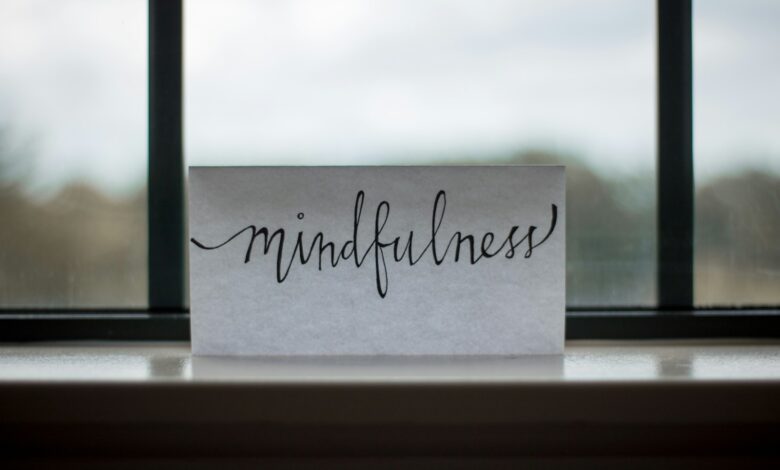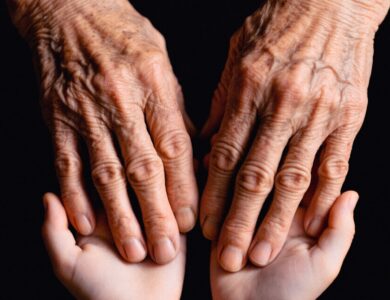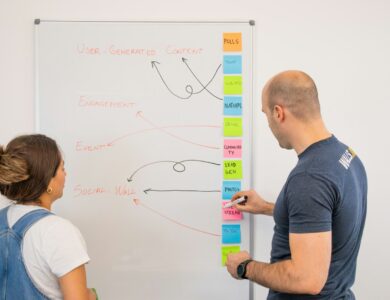
Introduction:
In a world of constant noise and urgency, learning often becomes mechanical—something to complete rather than something to internalize. But to truly grow, learners need space to pause, process, and connect with what they’re experiencing. This is where mindful reflection enters as a powerful practice. Mindful reflection is more than just thinking back on an event; it is a deliberate, structured process that deepens self-awareness and fuels long-term development. When integrated into educational settings, it transforms learning from passive consumption into meaningful transformation.
Why Self-Awareness Matters in Learning:
Self-awareness is the foundation of emotional intelligence. Learners who understand their emotions, behaviors, and patterns are better equipped to self-regulate, set goals, and adapt. They become more resilient, more motivated, and more capable of navigating challenges with confidence.
In group settings, self-aware learners are also better collaborators. They listen more attentively, manage conflict more effectively, and contribute to a positive learning climate. By reflecting mindfully, learners enhance not only personal growth but also the collective experience.
Techniques for Mindful Reflection:
- Journaling with Purpose:
Journaling is one of the most accessible tools for reflection. Structured prompts such as “What was the most meaningful part of today’s session?” or “What emotion did I feel when struggling with this activity?” guide learners to explore both surface and deeper layers of their experience.
Encouraging daily or weekly entries helps build a habit. Over time, learners begin to see patterns—how they respond to stress, when they feel most engaged, or how their thoughts evolve. This promotes metacognition, or thinking about one’s thinking.
- Guided Mindfulness Practices:
Mindful breathing, body scans, or short meditations can be integrated before or after learning sessions. Even five minutes of silence and awareness can center learners, helping them to focus and regulate their emotions.
These practices help quiet the mind and make room for insight. As learners tune in to their internal states, they gain clarity on what drives their reactions or behaviors.
- Reflection Circles:
Group-based reflection allows learners to vocalize their thoughts in a safe space. A popular structure is the “What? So What? Now What?” model:
- What? What happened?
- So What? Why does it matter?
- Now What? What will I do differently next time?
This simple framework enables individuals and groups to move from description to insight to action.
- Peer Reflection:
Pairing learners for reflective conversations builds empathy and listening skills. It also provides a sense of accountability and support. One person speaks while the other listens without interrupting, then offers a summary or supportive comment.
Creating a Reflective Culture:
Reflection should not be treated as an add-on. When it becomes a built-in part of the learning process, its impact multiplies. Educators and trainers can set the tone by:
- Reflecting aloud on their own growth and challenges.
- Allotting specific time for reflection in each session.
- Encouraging vulnerability and honesty without fear of judgment.
Reflection is most effective in psychologically safe environments where learners feel comfortable sharing, exploring, and making mistakes.
Digital Tools for Reflection:
In tech-enhanced learning environments, reflection can go beyond pen and paper. Platforms like Padlet, Flipgrid, or Google Forms allow learners to record voice notes, post visual reflections, or respond to prompt questions. These digital artifacts also serve as valuable documentation of progress over time.
Challenges and Considerations:
Some learners may resist reflection, seeing it as unnecessary or uncomfortable. It’s essential to explain its value and to offer multiple modalities (verbal, written, artistic) to accommodate different preferences.
In high-pressure or performance-driven settings, learners may feel too busy to reflect. Reframing reflection as a tool for efficiency and clarity—not a time-waster—can shift this mindset.
Conclusion:
Mindful reflection is a foundational practice that turns experience into wisdom. By guiding learners to slow down, observe themselves, and make sense of their journey, educators empower them to become self-aware, emotionally intelligent, and purposeful individuals. Whether through journaling, group discussion, or mindfulness, regular reflection fosters a lifelong capacity for growth—one that extends far beyond the classroom.




